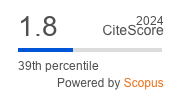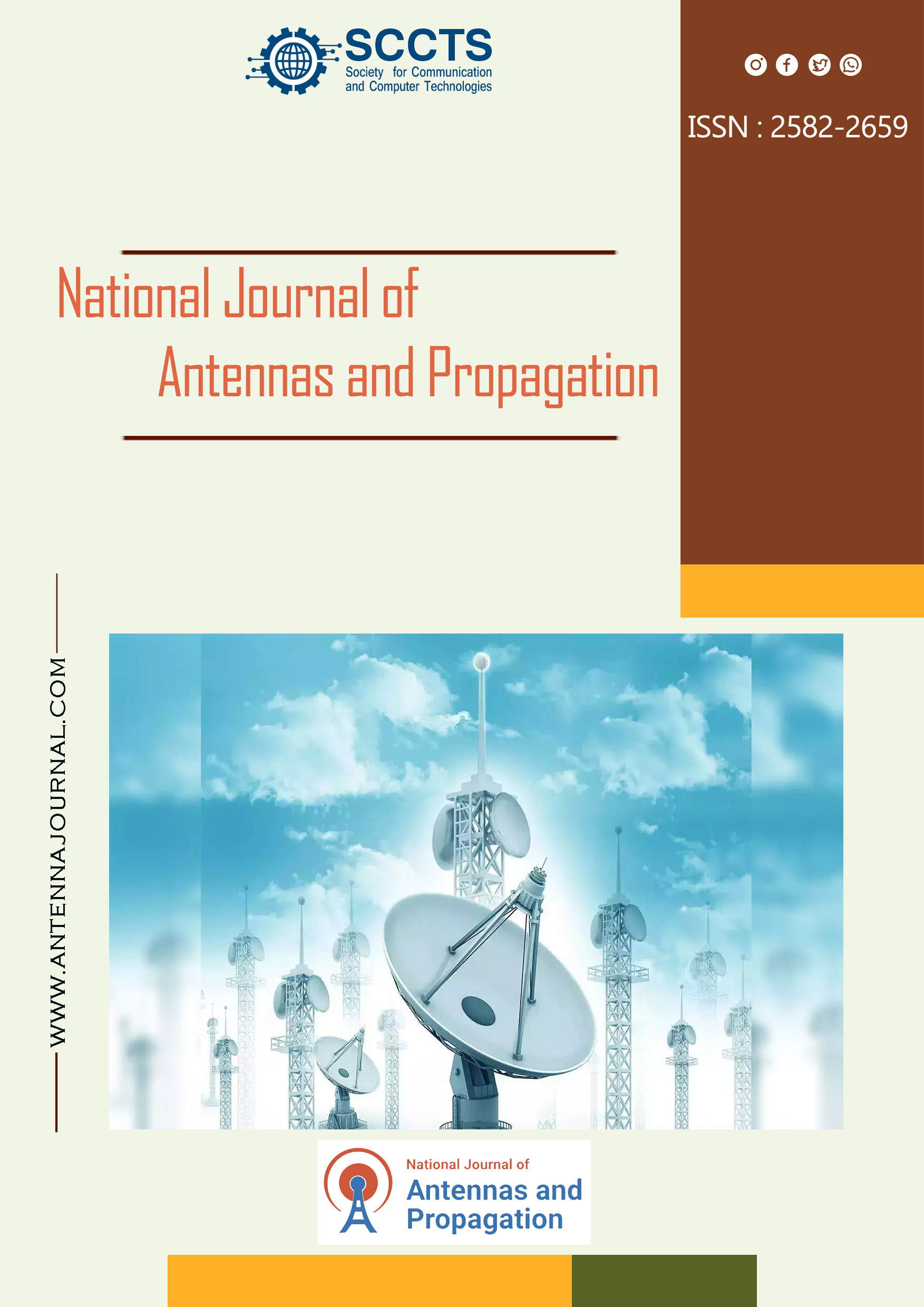Compact Antenna Designs for Ultra-Connected IoT Devices
DOI:
https://doi.org/10.31838/NJAP/07.02.04Keywords:
GA,, MAD,, IoT,, Device,, Antenna,, Trade-offsAbstract
The rapid proliferation of IoT devices requires the creation of small and effective antennas to allow smooth communication everywhere. The antenna designer has to cope with an overwhelming constraint to achieve small form factors while still retaining performance characteristics intact. Consequently, traditional design methods are conservative and tend to focus on one or more aspects such as size, efficiency, or bandwidth at the expense of other parameters, missing to scope many useful designs for IoT. This study introduces the open-source framework Genetic Algorithms for Miniaturizing Antenna Dimensions (GA-MAD) which is designed to fill these gaps. The framework employs evolutionary optimization methods to search the design space to find best configurations that trade off dimensions, efficiencies and functions. The developed GA-MAD approach is utilized to design antennas found in IoT devices operating in limited space hence significantly reducing their size whilst still preserving high efficiency and a broad range. The results indicate that GA-MAD outperforms past primary developed strategies in enhancing antenna performance by an astounding thirty percent, thus making it suitable for future IoT technologies.











